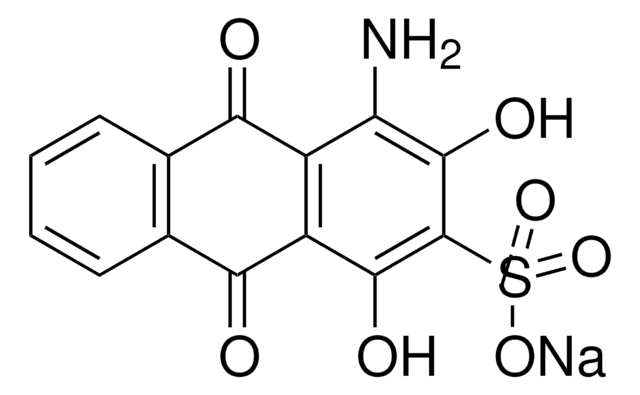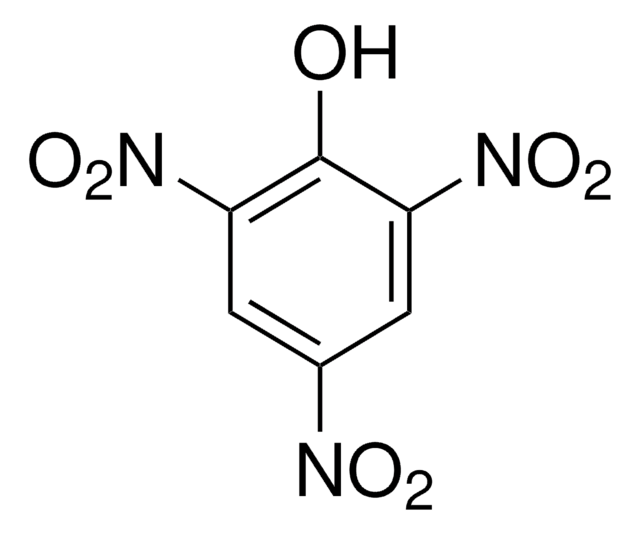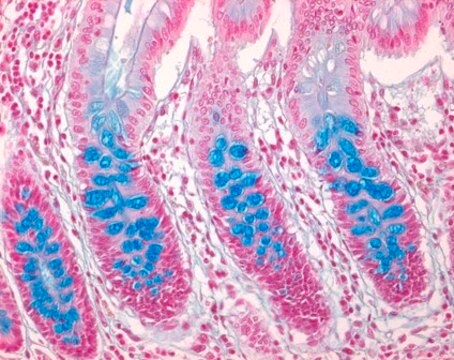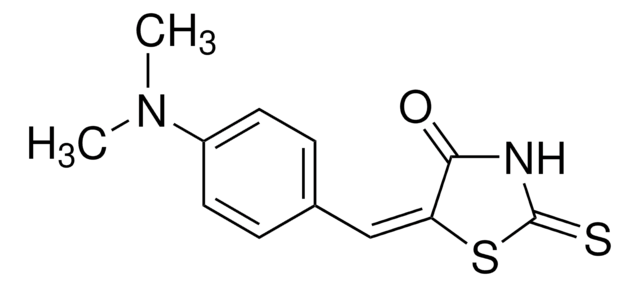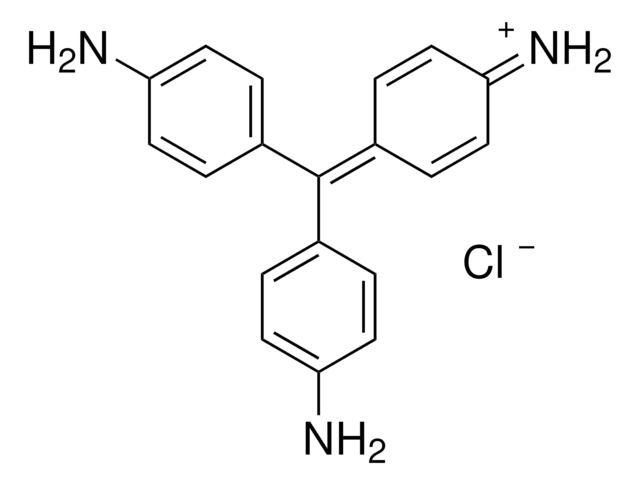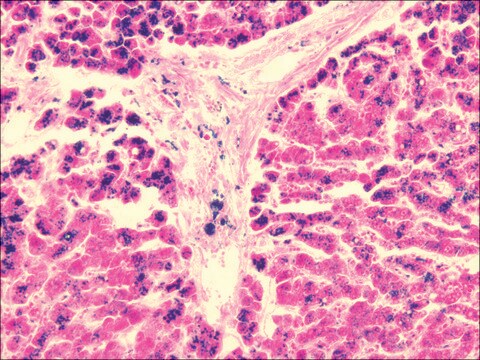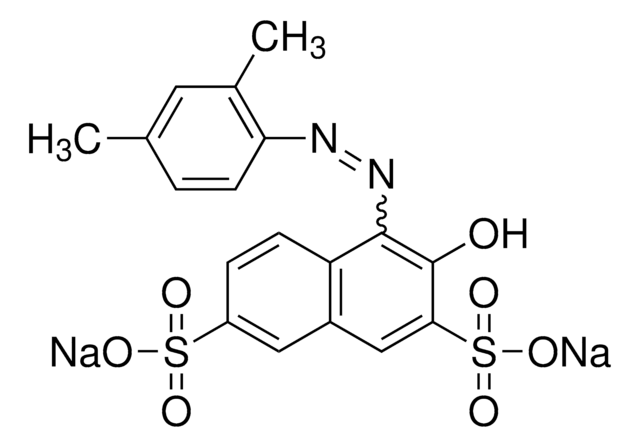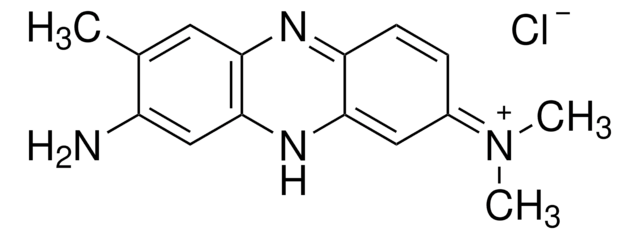60700
Nuclear Fast Red
for microscopy (Bot., Hist.)
Synonyme(s) :
4-Amino-9,10-dihydro-1,3-dihydroxy-9,10-dioxo-2-anthracenesulfonic acid sodium salt
About This Item
Produits recommandés
Qualité
for microscopy (Bot., Hist.)
Niveau de qualité
Forme
powder
Solubilité
methanol: water (1:1): 0.01 g/10 mL, red
εmax
≥275 at 550-560 nm in DMSO
≥300 at 516-526 nm in DMSO
Application(s)
diagnostic assay manufacturing
hematology
histology
Température de stockage
room temp
Chaîne SMILES
[Na+].Nc1c(O)c(c(O)c2C(=O)c3ccccc3C(=O)c12)S([O-])(=O)=O
InChI
1S/C14H9NO7S.Na/c15-9-7-8(12(18)14(13(9)19)23(20,21)22)11(17)6-4-2-1-3-5(6)10(7)16;/h1-4,18-19H,15H2,(H,20,21,22);/q;+1/p-1
Clé InChI
IFSXZLJQEKGQAF-UHFFFAOYSA-M
Vous recherchez des produits similaires ? Visite Guide de comparaison des produits
Catégories apparentées
Description générale
Application
- staining sperm and spermatids in semen
- identifying areas for PCR analysis in paraffin-embedded tissues
- nuclear counterstaining following immunostaining and silver staining
Actions biochimiques/physiologiques
Principe
Informations légales
Code de la classe de stockage
11 - Combustible Solids
Classe de danger pour l'eau (WGK)
WGK 3
Point d'éclair (°F)
Not applicable
Point d'éclair (°C)
Not applicable
Équipement de protection individuelle
dust mask type N95 (US), Eyeshields, Gloves
Faites votre choix parmi les versions les plus récentes :
Déjà en possession de ce produit ?
Retrouvez la documentation relative aux produits que vous avez récemment achetés dans la Bibliothèque de documents.
Les clients ont également consulté
Notre équipe de scientifiques dispose d'une expérience dans tous les secteurs de la recherche, notamment en sciences de la vie, science des matériaux, synthèse chimique, chromatographie, analyse et dans de nombreux autres domaines..
Contacter notre Service technique